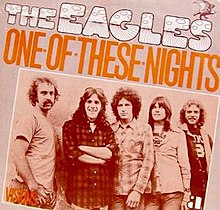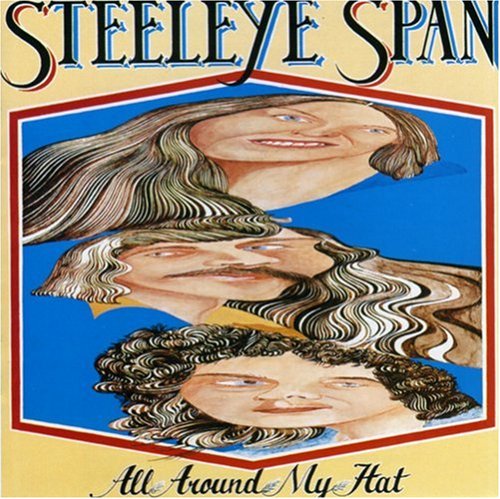In a book with 21 Supremes songs, "Reflections" appears first—appropriately, since in writing Cusp I spent years reflecting on the events and music of the book's era. The song plays at Mark's 1967-themed party in Chapter 2, and indeed it was released in 1967 at a seminal moment for the group. That year's name change from "The Supremes" to "Diana Ross & the Supremes" was a key step in Berry Gordy's plan for Diana's superstardom.
The song was among the last of a long string of Supremes releases written and produced by Holland-Dozier-Holland, featuring Florence
Ballard, and with backing by the Funk Brothers. Its psychedelic sound and use of synthesizers made it a perfect fit for the Summer of Love, when it charted. It rose to number 2.
Ballard, and with backing by the Funk Brothers. Its psychedelic sound and use of synthesizers made it a perfect fit for the Summer of Love, when it charted. It rose to number 2.















